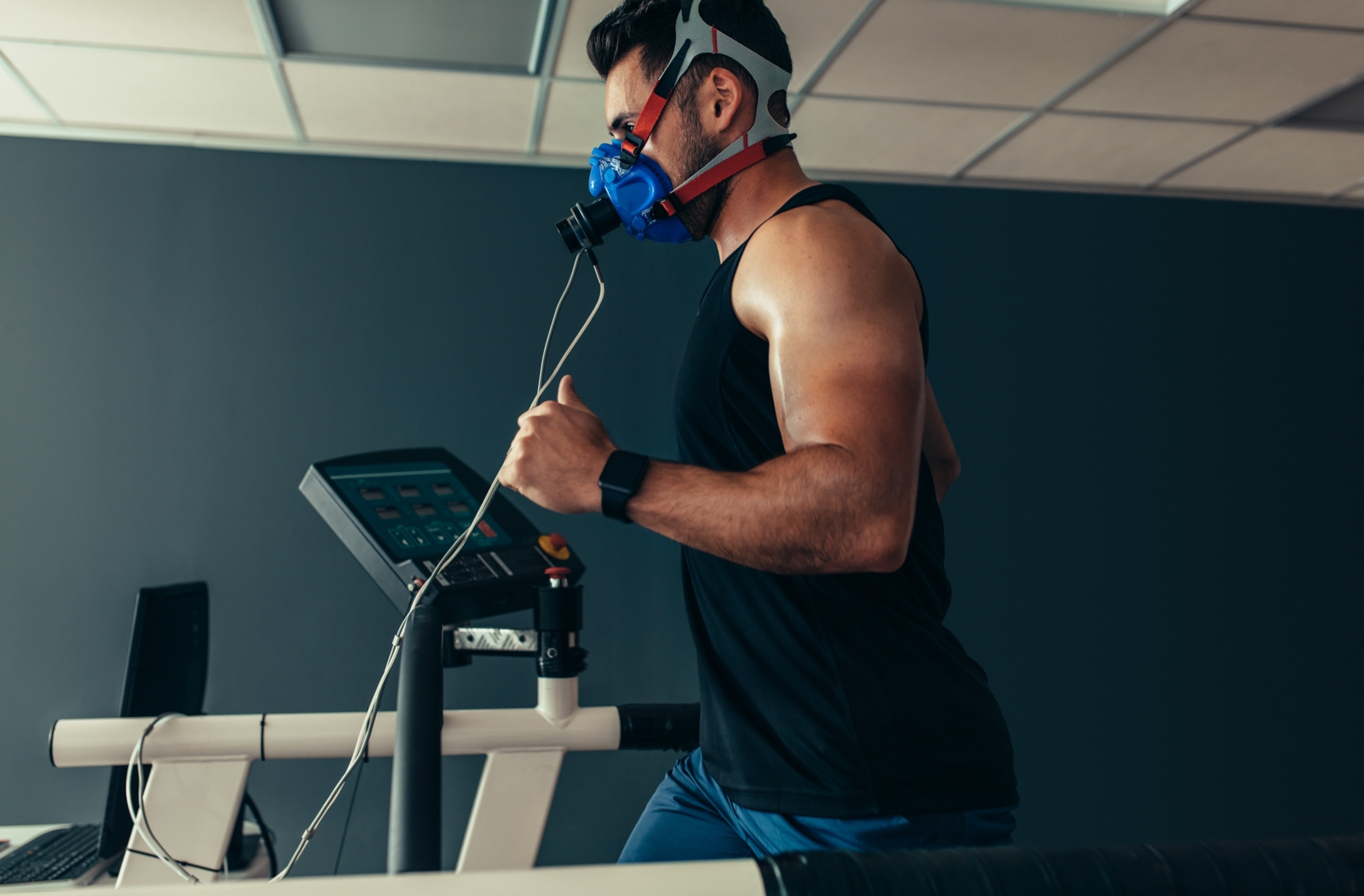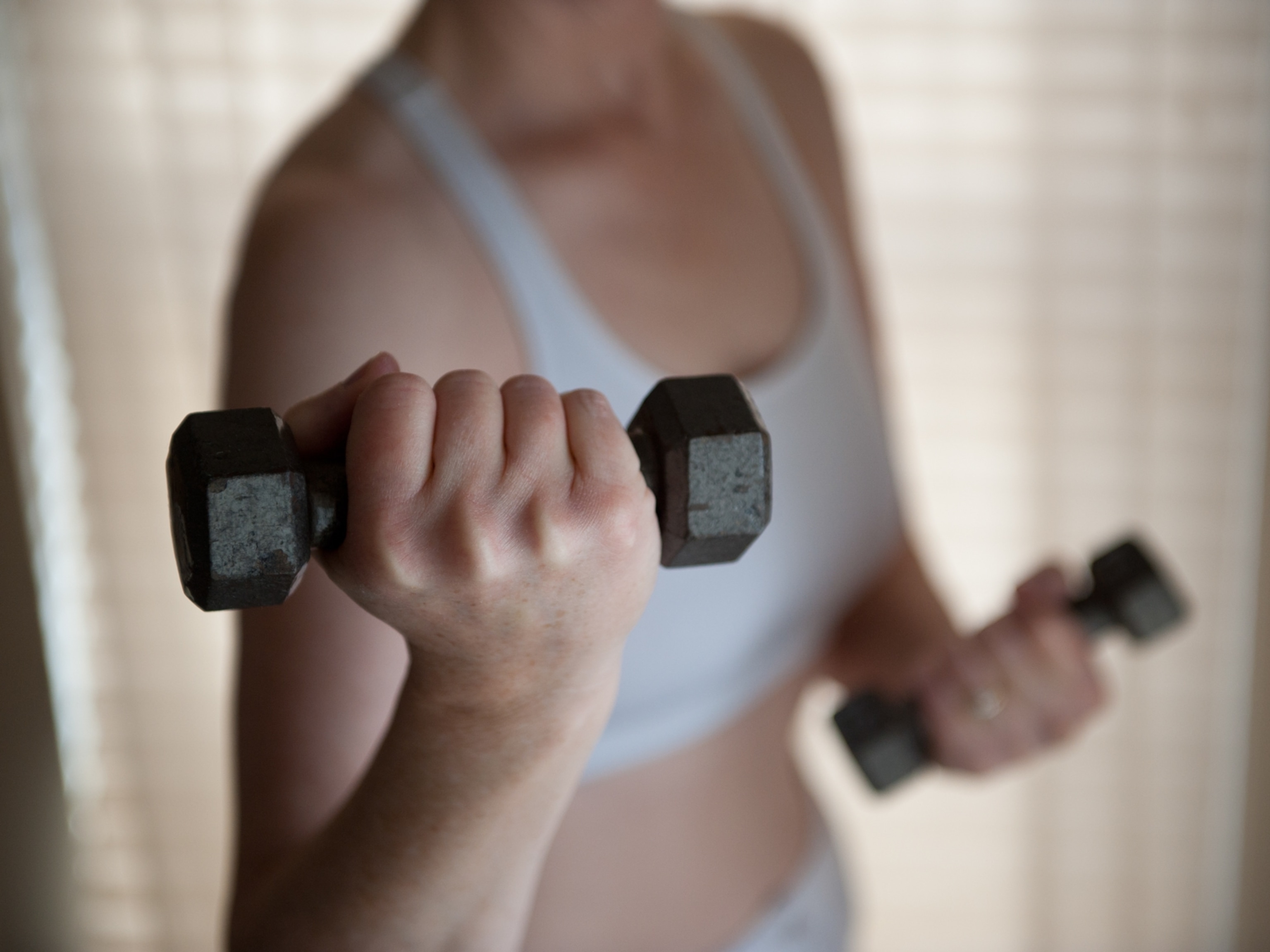What’s your VO2 max? The answer could transform your health.
This key metric reflects how much oxygen your body uses during a workout. But it isn’t just for athletes—your VO2 max is a critical indicator for your future health and longevity.

When it comes to physical fitness, different activities demand different metrics. High-intensity interval training (HIIT) enthusiasts track heart rates, runners and cyclists monitor speed and mileage, and strength trainers count repetitions and weights. Yet, there’s another crucial metric worth considering: VO2 max.
“VO2 max measures the capacity of your body to consume oxygen during a given exercise,” says Jayson Gifford, an exercise physiology professor at Brigham Young University. It involves multiple body systems, including your lungs, arteries, and brain. A 2016 meta-regression and meta-analysis published in the International Journal of Exercise Science called it “the strongest predictor of cardiovascular and all-cause mortality.” But is it truly the gold standard when it comes to your athletic performance?
What is the best measure of physical fitness?
“In terms of aerobic performance, it’s a fantastic estimate of performance,” Gifford says. Athletes and active individuals typically have higher VO2 max levels, which helps them excel in cardiovascular activities like running and cycling.
However, only tracking this measurement would be a mistake. “Your VO2 max is extremely important for performance, but it’s not the only determinant,” Gifford says.
Consider Paula Radcliffe, the British long-distance runner who previously held the women’s marathon world record. Her VO2 max was 70 ml/kg/min in 1990, 1995, and 2003—the year she set the record. Despite her VO2 max remaining constant, her performance improved.
(What lifting weights does to your body—and your mind.)
Gifford says you must look at your VO2 max with two other important metrics: your lactate threshold and critical power. Your lactate threshold is the highest intensity you can sustain before lactic acid buildup causes fatigue. Critical power marks the transition between sustainable and unsustainable exercise, according to a 2022 article published in the Journal of Applied Physiology that Gifford co-authored. Like your lactate threshold, going above your critical power will cause you to fatigue quickly.
Athletes with the same VO2 max may perform differently if one has a higher lactate threshold or critical power. Examining these three metrics gives you the best holistic understanding of your athletic performance.
Why VO2 max is a crucial metric for longevity
VO2 max isn’t just about athletic performance; it’s also vital for health and longevity.
“It’s the gold standard for determining your cardiorespiratory fitness, which is just a fancy way of saying how in shape you are,” says Nicole Harkin, a preventive cardiologist and founder of Whole Heart Cardiology. While primarily studied in athletes and those with cardiovascular diseases, VO2 max is also a key metric for the general population to understand their mortality risk.
(Here’s why running is the ultimate cardiovascular sport.)
Gifford adds that it is the best predictor of future health outcomes, including early mortality, cardiovascular disease, and even Alzheimer’s disease. “Having a low VO2 max has about the same cardiovascular risk as smoking,” he says.
Research supports this: a 2018 review in Frontiers in Bioscience-Landmark named VO2 max the strongest predictor of life expectancy. In 2016, the American Heart Association recommended incorporating VO2 max into clinical evaluations for its predictive value.
Even slight increases in VO2 max can significantly impact longevity and health. “For every milliliter per kilo per minute increase from your personal baseline, you decrease, on average, your risk of all-cause mortality, which means dying from anything—heart disease, stroke, cancer, dementia, infections—by 10 percent,” Harkin says.
How to increase your VO2 max
To increase your VO2 max, you’ll also want to make sure that you’re layering in some HIIT or vigorous exercise with that more moderate-intensity cardio. Harkin suggests aiming for 150 to 300 minutes of aerobic exercise weekly. Addressing cardiovascular risk factors, like high blood pressure or cholesterol, also helps.
But Gifford warns to be cautious of fitness watches, which often overestimate VO2 max. For a more accurate reading, consider exercise testing with an exercise physiologist or cardiologist (with your physician’s approval).
(Swimming just might be the best exercise out there. Here’s why.)
Understanding your VO2 max will allow you to gauge your current level of cardiovascular health and fitness and build upon it. While it’s a great metric to target, don’t be discouraged by exercises or activities that fail to push the needle.
In a study Gifford conducted, a subject trained for eight weeks—and his VO2 max didn’t increase at all. But his lactate threshold and critical power did, as did the length of time he could ride a bike at 10 miles per hour. “So if you just had the idea that VO2 max is the only thing, you’d really miss a lot of it,” Gifford says.





